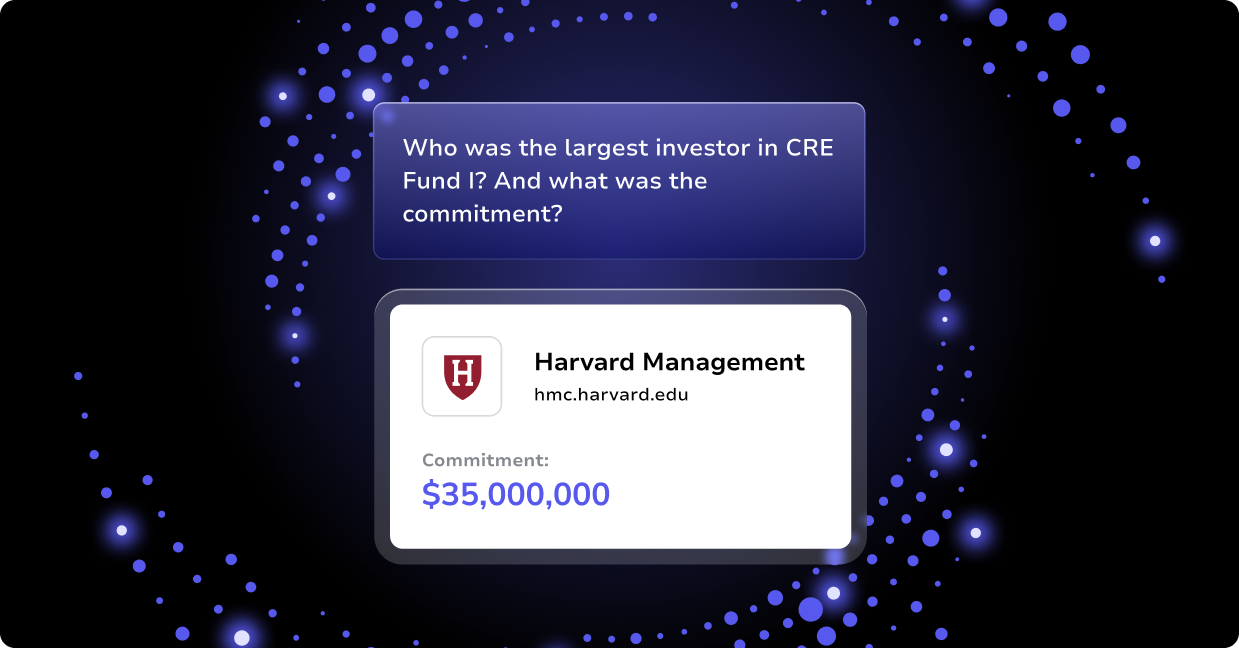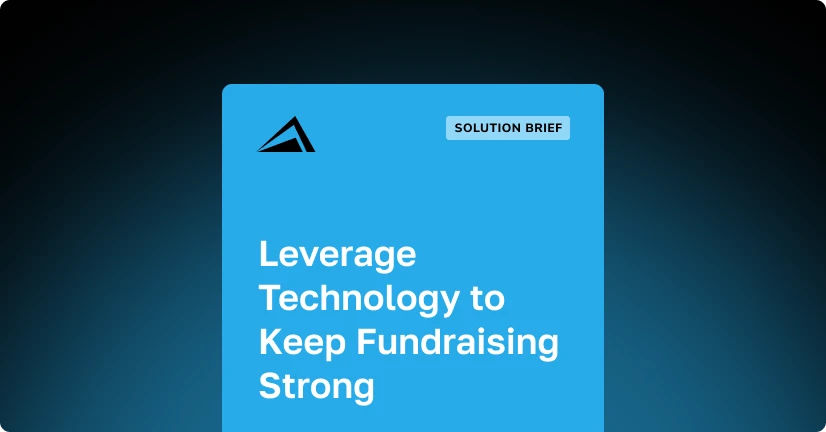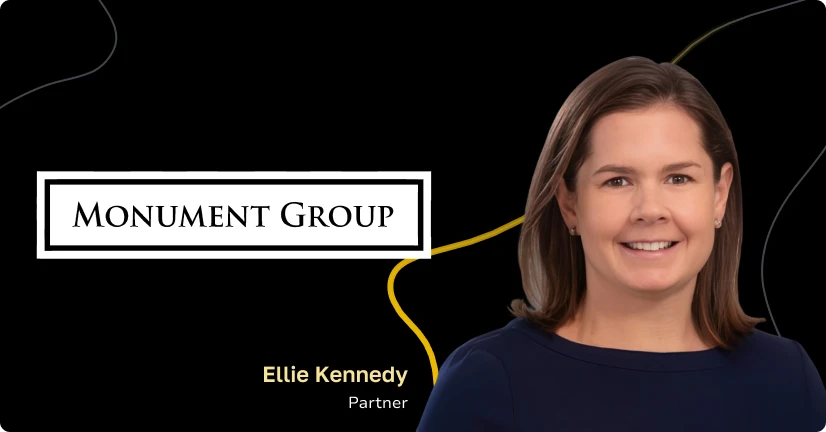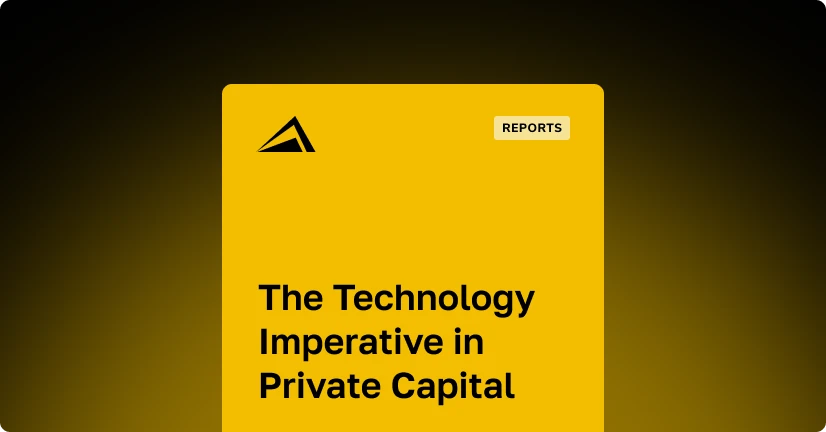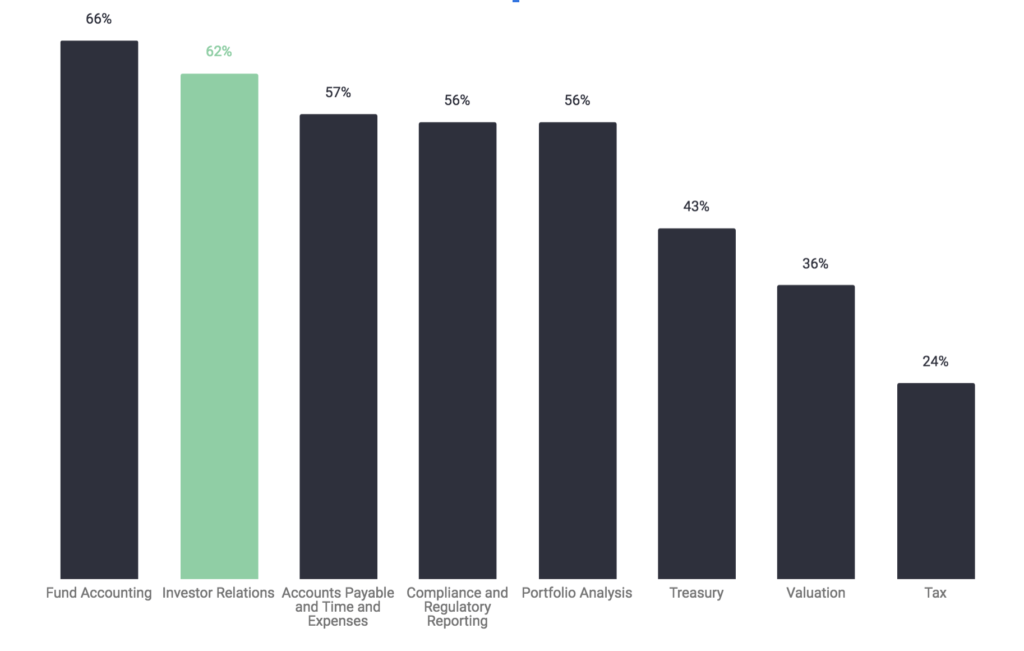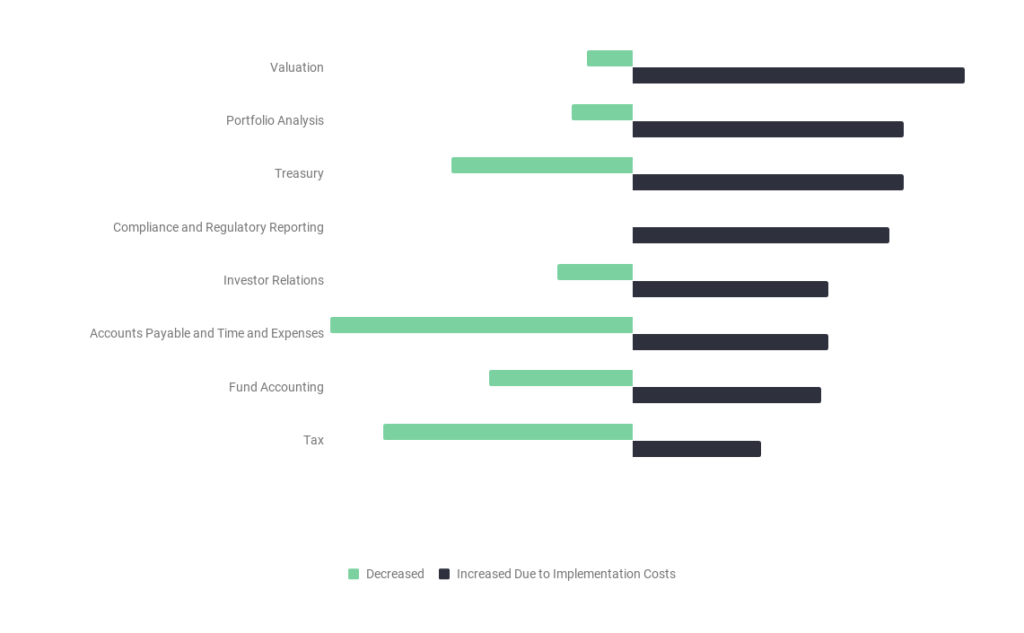
In today’s fast-paced, digital world, a Private Equity CRM is essential for any firm, regardless of size.
As organizations come to grips with changing work dynamics brought on by the COVID-19 pandemic, more firms are realizing they will need to transition from spreadsheets or an off-the-shelf CRM to an industry-specific platform.
What technology buyers find as they get serious about implementing a CRM are the many options out there. They’re also discovering that there are key PE-focused features that a solution must have in order to deliver the most value to users.
Essential Elements of a Private Equity CRM System
As you assess private equity CRM systems, be sure to look for these features:
1. Cross-team capabilities
Your private equity CRM must support your deal team, fundraising team, and investor relations team. You don’t want to find yourself in a situation where you require multiple separate systems to give everyone at your organization the tools they need.
Even if your firm is currently small, you want a system that provides the functions you’ll need as you grow. Your system should give all your internal stakeholders a holistic view of where deals are in the pipeline or what stage of fundraising you are in. Altvia’s AIM CRM provides that capability and won the 2020 Best Buy-Side Technology CRM award from WatersTechnology.
2. Investor or portfolio company reports
Success as a PE firm is largely from the consensus of investors. Limited Partners want to know how efficiently you manage and distribute information. Consequently, you need a CRM that empowers users to answer important questions quickly and clearly.
What stage of due diligence are we in? How many deals are in our pipeline? How many investors opened our fundraising email announcement? When was the last time we contacted business owners in a specific region? A well-informed team is best positioned to make next-step decisions and move confidently into areas of opportunity.
3. Easy integration
A private equity CRM is most valuable when it serves as the hub of your firm’s activities, integrating with other mission-critical systems. For example, your CRM solution should seamlessly sync with an email communication tool like Correspond Market Edition or MailChimp to streamline the creation and execution of email campaigns for fundraising, firm announcements, or other purposes.
Integration with a portal or data room like ShareSecure gives stakeholders real-time access to documents and media files from anywhere. And being able to pull in data from providers like DataFox, SourceScrub, Crunchbase, and Preqin can make life easier for your teams and accelerate their efforts.
Awareness of Often-Overlooked Private Equity CRM Features
Good CRM systems are robust, feature-rich platforms, so it’s easy to get distracted by all the bells and whistles and overlook the key features above. But now that you’re aware of their importance, you can ensure that they are on your firm’s “shopping list” as you do your research.
If you’re interested in seeing what an award-winning private equity CRM platform can do for your firm, we encourage you to request a demo below.
